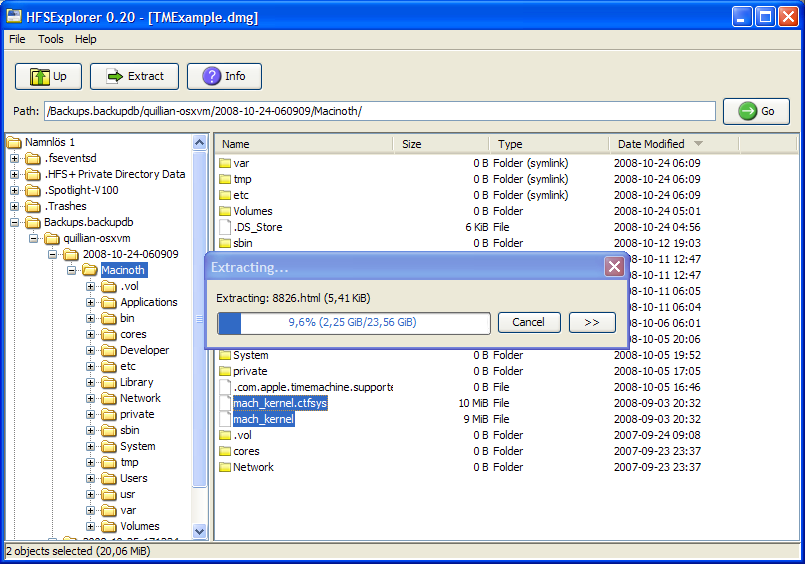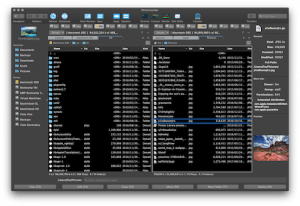
- Osx dcommander grant access to filesystem permanently full#
- Osx dcommander grant access to filesystem permanently windows 7#
On the next dialog press “Add”, and you’ll be presented with something like this: In this example, I’m taking the sledgehammer approach and have typed in “Everyone” – click Check Names and it’ll become underlined indicating that it’s valid. I choose “Everyone” in these examples because, in my case, I control who has access to my machines and my network. Particularly in data recovery operations, it’s also simpler to just make everything accessible to, literally, everyone. In this case “Everyone” is every account that can login to my machine, including all users and if enabled, the Guest account. In a mixed environment where you have less control over the accounts that might be attempting to access your machine you might consider selecting a different account or group such as Administrators to get permissions.Ĭlick OK and you’ll be returned to the Permissions dialog. Click on “ Everyone“, and then click on the “ Full Control” checkbox below:Ĭlick on OK.

If it asks if permissions should be assigned to all files and subfolders, say yes. You should now be able to access the files. I’m a command-line kinda guy, and thus I use the Windows Command Prompt. The first step is to get one with Administrative privileges.
Osx dcommander grant access to filesystem permanently windows 7#
If the icon is in your Windows 7 Taskbar, right click on it, then right click on the Command Prompt in the popup menu that appears to get the option: Typically, that means you can right click on the icon and click on Run as administrator. Osx dcommander grant access to filesystem permanently windows 7#
Osx dcommander grant access to filesystem permanently full#
Now you have a Windows Command Prompt with full administrative access. Osx dcommander grant access to filesystem permanently windows# In my example, case that’s (keystrokes shown in blue): “CD” to the location of the folder who’s contents you want to access. Successfully processed 66 files Failed processing 0 files Once again “*” means all the files and folders in the current folder, “/grant” means we’re granting permissions, “:r” means we’re replacing any existing permissions, “everyone” means that everyone gets the permission we’re about to grant, “:f” indicates that we’re granting full control, and finally “/t” means to perform the operation on all subfolders as well. Osx dcommander grant access to filesystem permanently full#

“icacls” without any arguments at all will print the lengthy list of things you can do with it. It’s very easy to accidentally remove or assign permissions that boil down to no permission at all. Osx dcommander grant access to filesystem permanently windows#.Osx dcommander grant access to filesystem permanently windows 7#.Osx dcommander grant access to filesystem permanently full#.


 0 kommentar(er)
0 kommentar(er)
